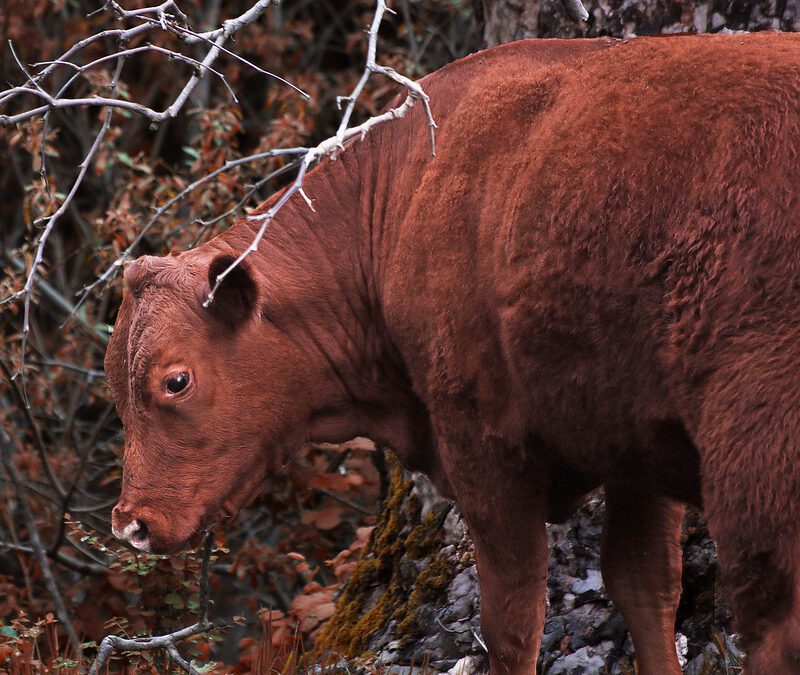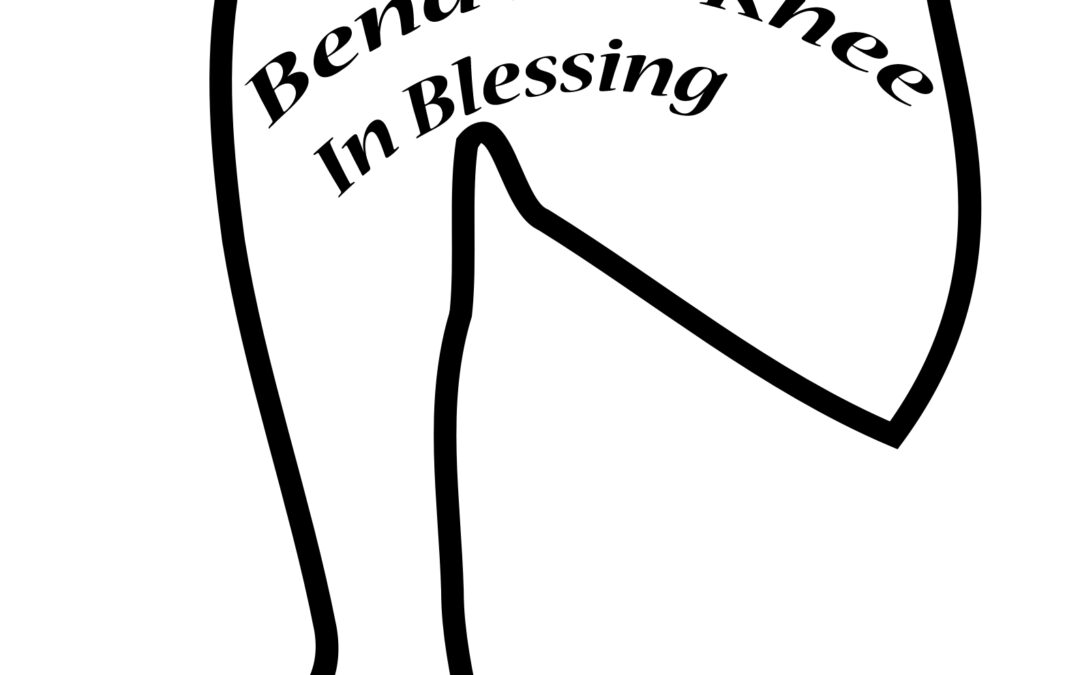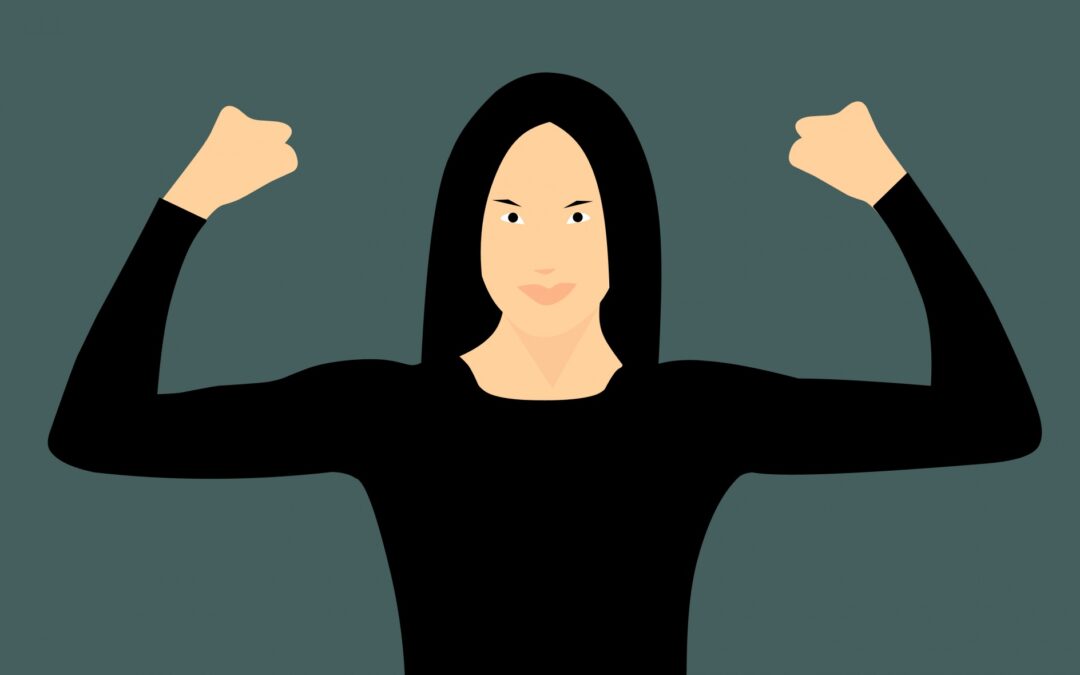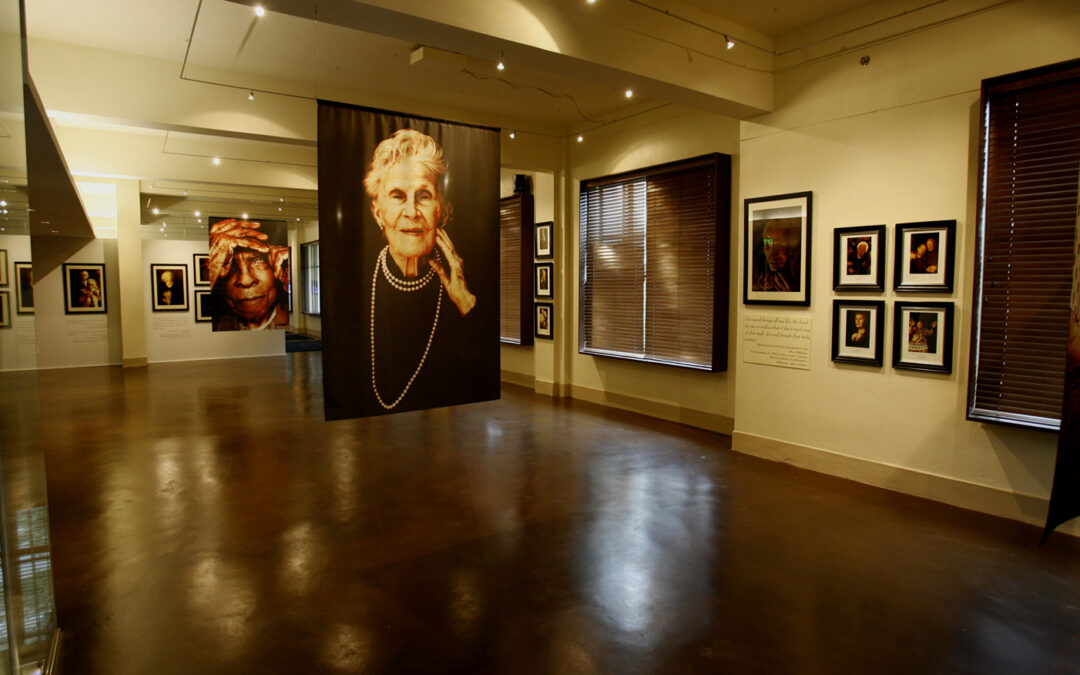This Shabbat we read parashat Emor, which includes a discussion about certain physical conditions that disqualify a kohen from performing his sacrificial duties. Leviticus 21:17-23 list these conditions–blemishes, limps, a hunchback, a broken arm or leg, and a few others. These men are still considered kohanim; they’re allowed to eat the same foods as the others and retain their elevated status, but they can’t perform the offerings.
There are many reasons that the kohen mut be a physically “perfect” specimen. One has to do with offering one’s best to God; we’re commanded not to offer a blemished, sick or injured animal for a sacrifice, so too must the people offering the sacrifices be the best.
Many years ago there was a joke, “Hire the handicapped, they’re fun to watch.” I cringe even writing this sentence, and I’m incredulous that there are websites selling cards and t-shirts with this saying on them. That said, as cringe-worthy as it is, there’s a grain of truth in it–someone with a disability will stand out and possibly be subject to ridicule, which would detract from the sacred work the priest is performing. Another explanation might be that God wants to protect the priest from physical injury. If one leg is significantly shorter than the other, if one is blind, doing the heavy lifting that the kohanim were required to do might not be safe.
None of these explanations make me feel really good about the text, but the reality is that it’s human nature to expect our leaders to be close to perfect, if not perfect. Hair is styled, clothes are from top designers–even Bernie with his mittens. Men are supposed to look like All-American boys and women like a cross between a starlet and “the girl next door.” Most of don’t look like that, and as a top model once said, “In the morning, without makeup and my hair done, even I don’t look like Cindy Crawford!”.
Given that I don’t expect the Beit haMikdash (Holy Temple) to rebuilt anytime soon, it will be a while before the kohanim are performing sacrifices, and these commandments don’t apply at the moment. However, we do need to struggle with the fact that they’re written there at all.
Life isn’t fair, and any one of us can be disqualified from an activity or turned down for a job for a variety of reasons, legal or not. A kohen is a kohen, whether or not he actively serves doesn’t change that. In my mind, and I believe our Sages of Blessed Memory would agree, the Torah isn’t making a value judgment about an individual, or commenting on his character, it’s acknowledging a reality. Not all of us have the same abilities and capabilities, but we’re all cherished as having been created b’tzelem Elohim, in the Divine image. God wants us to be our best selves, warts and all.











0 Comments